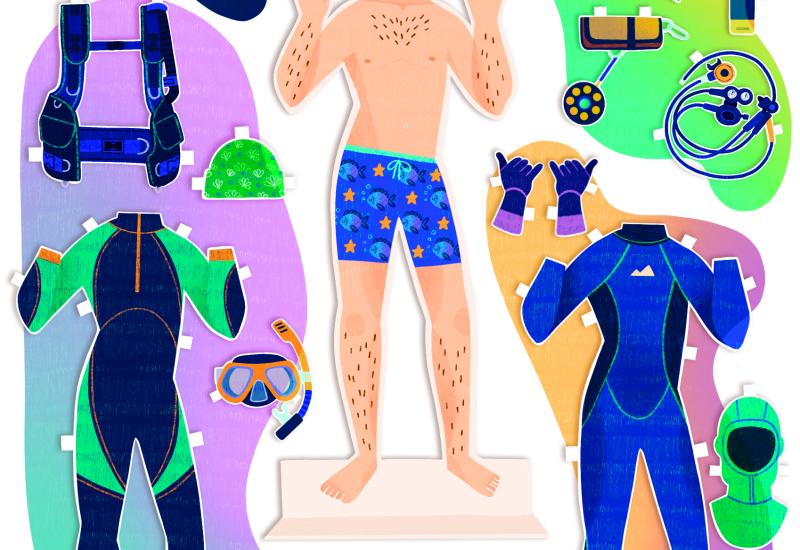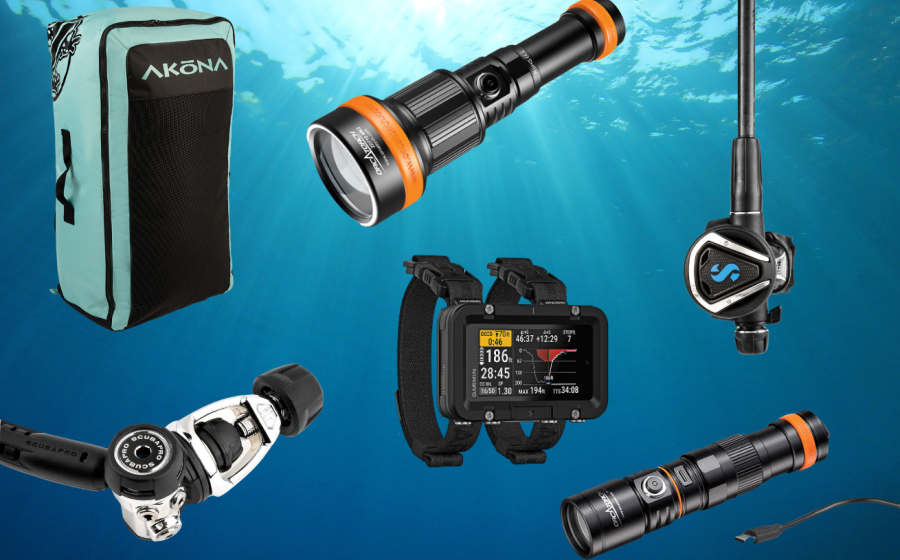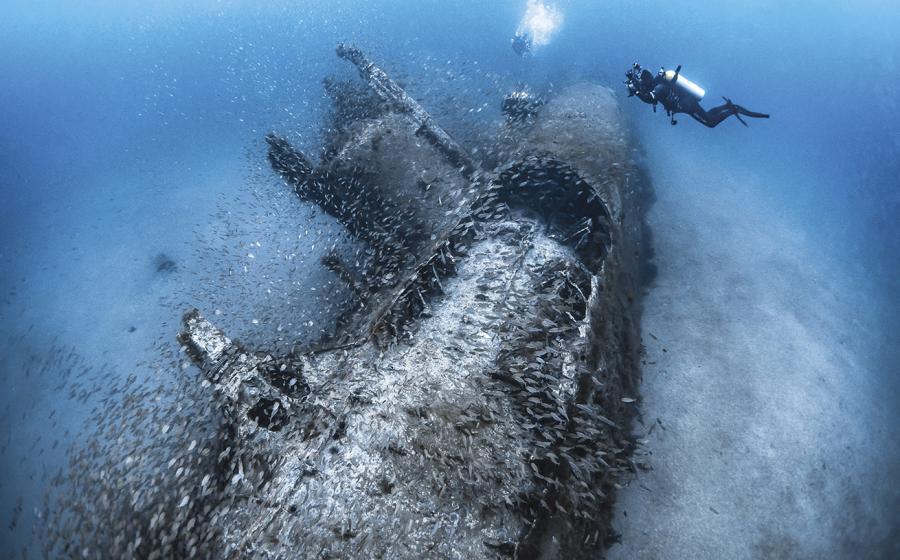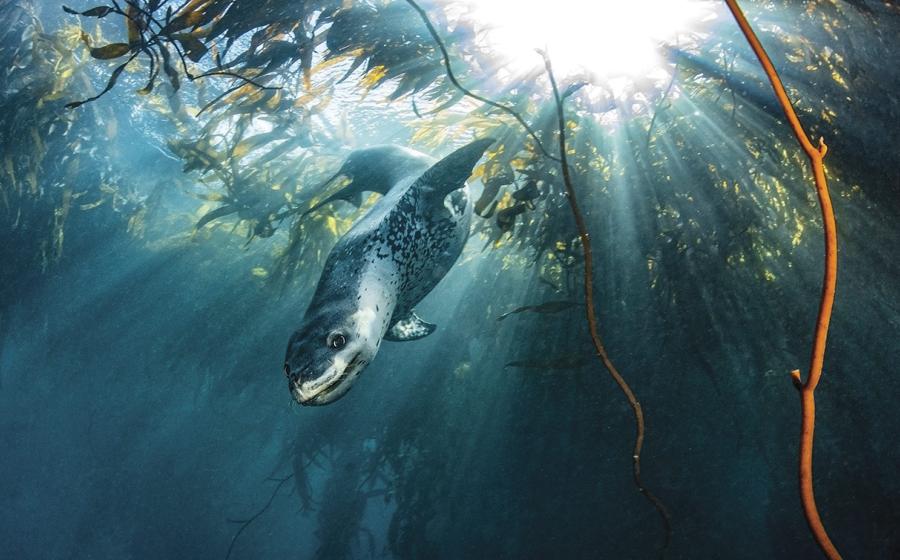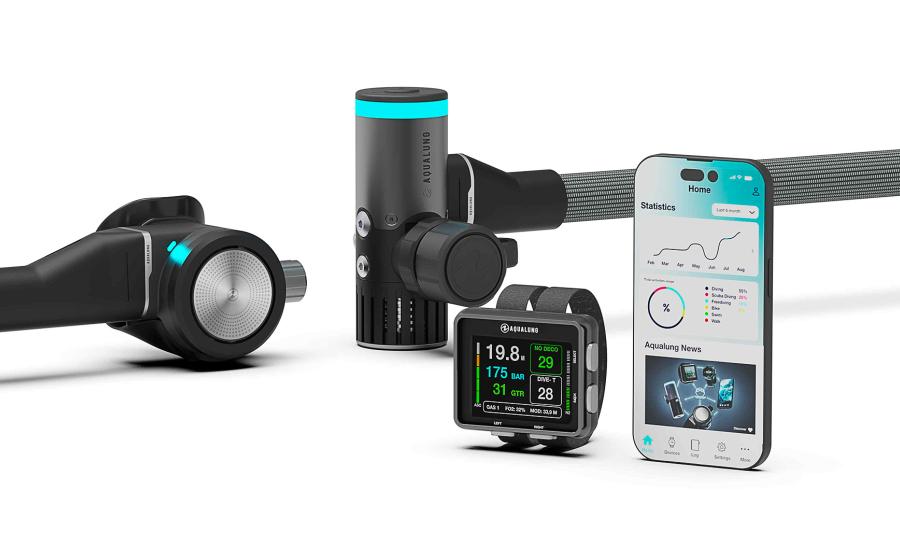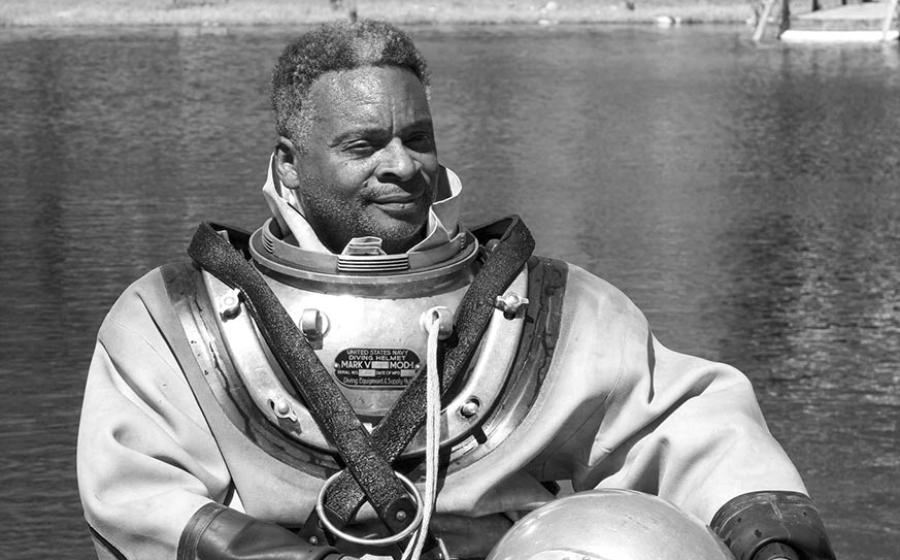How Can I Detect and Stay Safe In Down-Currents?
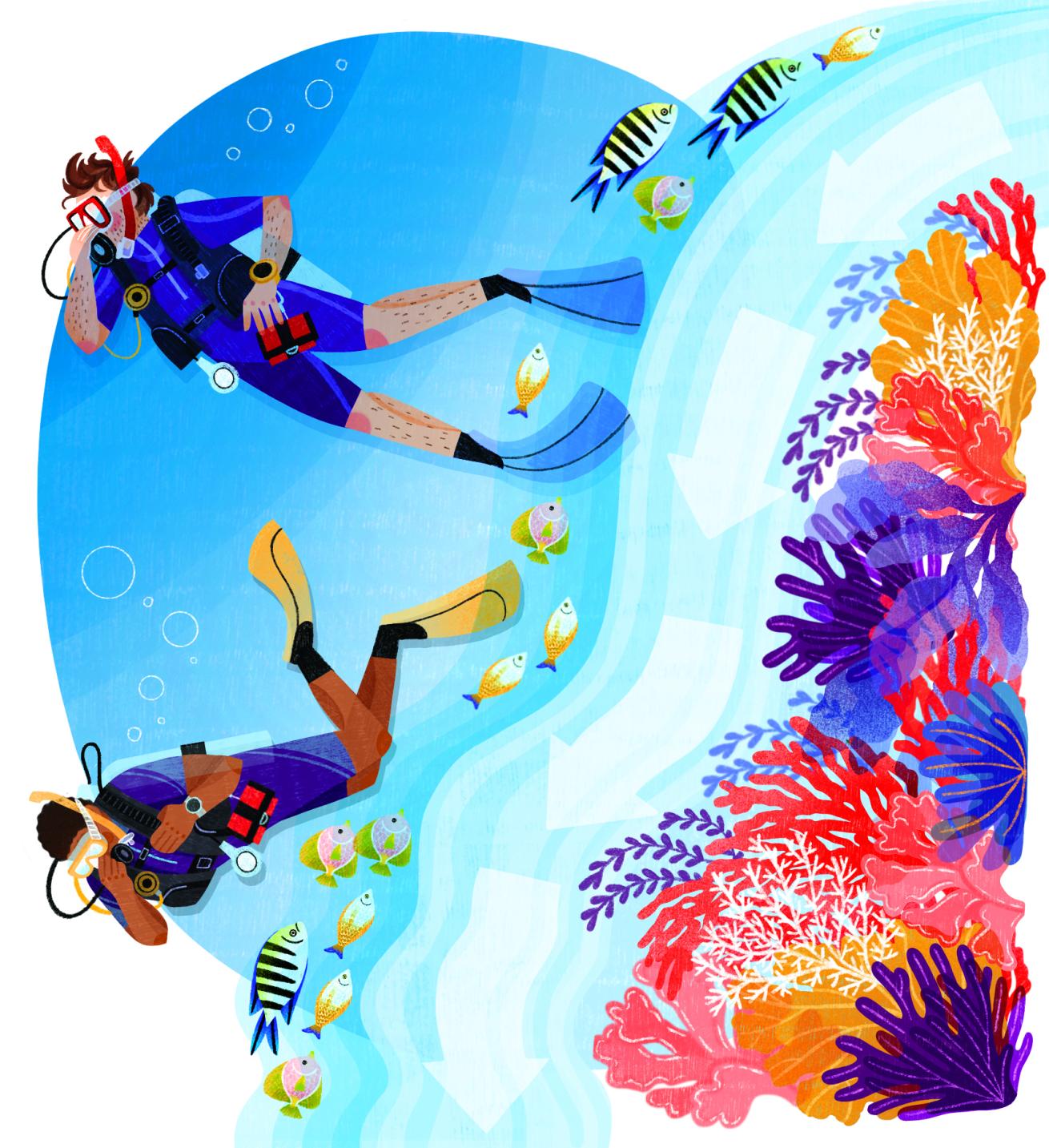
Lauren Rebbeck
Dear Annie,
I’m heading to Indonesia this year and while I am excited, I am so afreaid of Down-Currents. How can I detect these currents and stay safe if caught in one?
—Down on Currents
Dear Down On Currents,
I appreciate your honesty. Currents are found all around the world and are affected by factors such as wind, bathymetry of the surrounding area, tides, density differences caused by temperature and salinity fluctuations, and weather events like storms and earthquakes. At some dive sites, the direction of currents is predictable, while at others, it can vary. As a diver, it is important to know what to expect at each site you visit.
I lived in Indonesia for over three years and have lots of experience with currents; they make for some of my favorite advanced diving opportunities. Like many kinds of diving, there’s an art to drift diving. These tips and tricks will help you enjoy the ride. I encourage you to listen to every dive briefing, pay attention to the map of the dive site, know your equipment and ask questions.
When drift diving in strong currents, you must stay vigilant to the water around you. Sometimes you can see the direction of a strong current from the surface, before entering the water. Once in the water, you can assess the creatures around you. Reef fish point their bodies into the current, soft corals sway in one direction and sea fans grow perpendicular to the predominant current. Most currents will push you horizontally along the reef. However, some currents run vertically, which can push divers up or down very quickly and cause rapid depth changes.
Related Reading: Meet the Women Leading 'Mission: Iconic Reefs'
Vertical currents can form when water hits the face of a steep wall and changes direction at a right angle, or when two opposing currents meet.
Always look 30 feet in front of you, and look for visual and physical clues that can help you determine the direction of the current and how you should position your body in relation to it. If you suddenly see all the fish swimming up or down, you know there is a vertical current ahead. A temperature change from an upwelling vertical current can cause a shimmering in the water column. Pay attention to your body as well—you can detect subtle changes in how the water feels on your fins, mask and hair. The direction of your bubbles can also be an immediate clue.
Consider a wrist-mounted computer so your depth is available at a glance. Before hitting a vertical current, you can stop yourself along the reef and decide what to do. Perhaps you will end your dive. If you cannot predict a vertical current, skill and familiarity with your equipment are essential to getting out of it.
"Reef fish point their bodies into the current, soft corals sway in one direction, and sea fans grow perpendicular to the predominant current."
Down-currents generally lose strength with depth and distance from the wall. They are also usually pretty narrow, so it’s possible to strategically swim out of them. Remember to stay calm and check your depth. If you are being sucked down, you want to equalize your ears and swim away from the wall while also swimming up. If the current is very strong, you may have to inflate your BCD, but remember to vent air to slow your ascent as you come out of the flow.
Up-currents are the opposite. If you are being pushed up, you want to become negative as quickly as possible and flare your fins to slow your ascent. Swim down and horizontally away from the current until you come out of it. Then, establish neutral buoyancy. As with any current or dive, if you get separated from your buddy or group, launch your DSMB and safely make your way to the surface to reunite.
Drift diving becomes very simple with practice. Take the PADI Drift Diver specialty course and ask the dive guides for local diving tips. Remember you can cancel or abort a dive any time you feel uncomfortable. Go over the lost buddy plan and proper diver protocol with your buddy before entering the water. I hope you enjoy the ride!
Related Reading: Best Scuba BCDs of 2024 Reviewed

Ask Annie
PADI Master Scuba Diver Trainer Annie Crawley answers your most pressing questions about dive etiquette, training qualms and gear analysis with zero judgment and a whole lot of lived experience.
Have a question for Annie? Send to [email protected] with the subject "Ask Annie".




